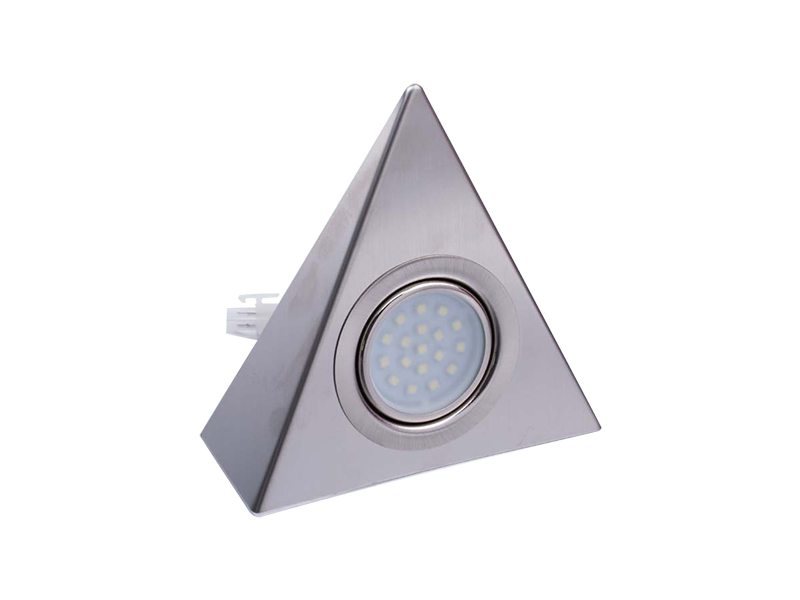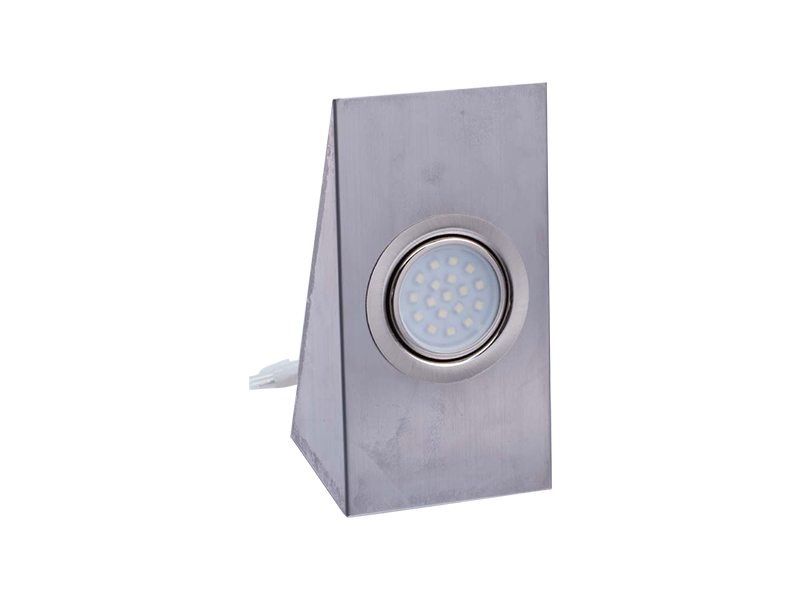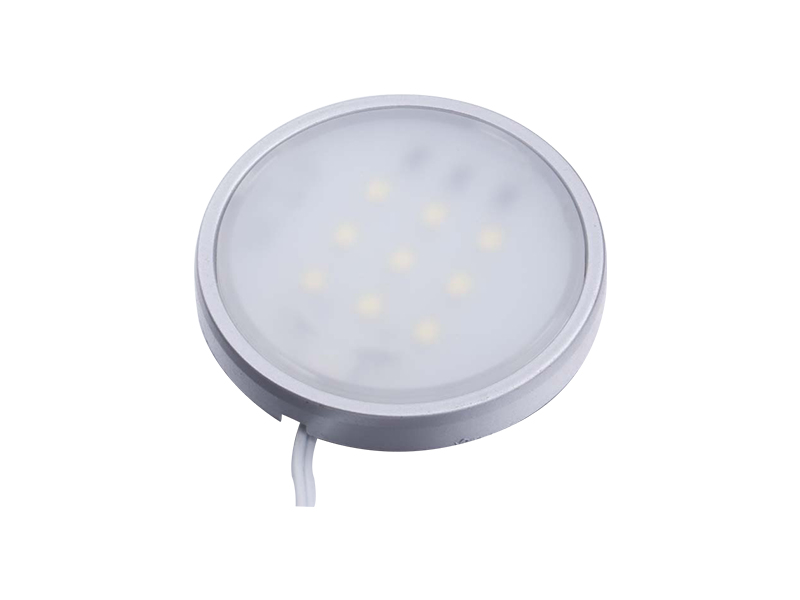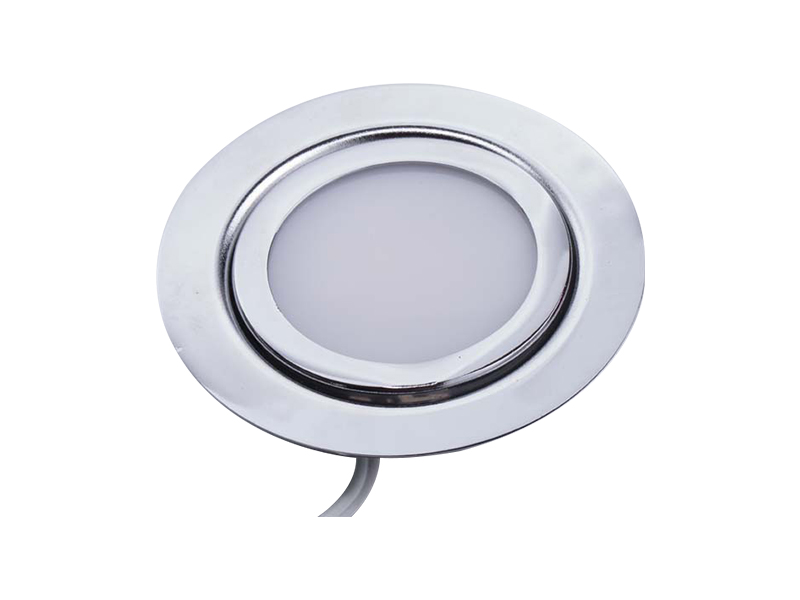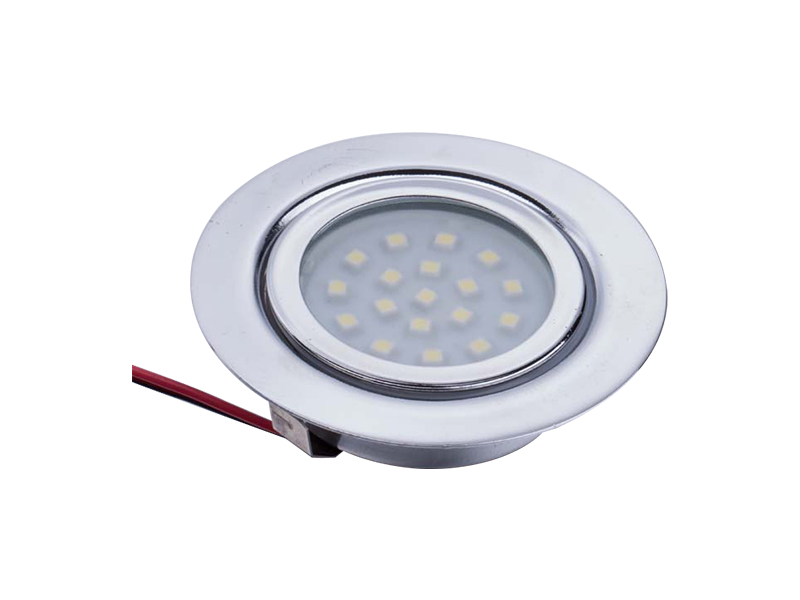-

E-mail:[email protected]
-

Telphone:+86-574-88073028
-

FAX:+86-574-88073029
QR code on
mobile phone
Welcome to Eastkey!
Welcome to Dongke!
In modern bathroom design, LED BATHROOM MIRROR LIGHT WITH STORAGE has gradually become an increasingly popular home decoration choice. Its diverse lighting and storage functions are also because it can effectively solve the common mirror fogging problem in the bathroom environment. Especially in cold seasons or after taking a hot shower, the high-temperature water vapor in the bathroom is easy to condense on the mirror surface, affecting the field of vision. In order to improve this problem, the anti-fog function has become a standard feature of many LED bathroom mirrors.
1. The importance of anti-fog function
In daily life, the mirror in the bathroom often becomes blurred due to condensation of water vapor. Especially when washing face, applying makeup or shaving, the fogged mirror greatly affects people's experience. After the LED bathroom mirror light integrates the anti-fog function, it can keep the mirror clear, avoid water fog interference, and provide a more convenient life experience. With the development of technology, modern LED bathroom mirror lights use a variety of innovative anti-fog technologies to solve this problem, ensuring that the mirror still maintains good use effect in a humid environment.
2. How anti-fog technology is implemented
Mirror heating technology: Mirror heating technology is one of the most common anti-fog solutions. This technology keeps the mirror surface at a certain temperature by installing a heating pad or heating element on the back of the mirror. When the heating element behind the mirror is activated, the temperature of the mirror rises, preventing water vapor from condensing on the mirror surface. Here is how it works.
Heating element: Usually, the heating pad or heating wire on the back of the mirror is heated by an electric current. Users can activate the heating function by switching on or touching a button when using it.
Constant temperature effect: The heating system can make the temperature of the mirror surface slightly higher than the water vapor temperature in the bathroom air, thereby preventing steam from adhering to the mirror surface. Most heating pads use low-power constant temperature control, which not only ensures the anti-fog effect, but also avoids excessive power consumption.
The main advantage of this technology is that it can quickly remove fog even in high humidity environments, and the anti-fog effect of mirror heating is stable and long-lasting, and users can continue to use the mirror normally for a short time after taking a bath without wiping.
Anti-fog film technology: Another common anti-fog solution is to use an anti-fog film. This film is usually made of a special material that can absorb and disperse water vapor so that moisture cannot form droplets on the mirror surface. This type of film is usually already attached to the surface of the mirror during the manufacturing process to form a transparent protective film. The principle of anti-fog film technology is as follows.
Absorbing moisture: The anti-fog film material has strong hygroscopicity and can absorb moisture when water vapor contacts the mirror surface, thereby preventing the formation of water mist.
Dispersing vapor: The anti-fog film can evenly disperse the vapor and reduce condensation on the mirror surface. This dispersion mechanism ensures that the mirror surface remains clear even when the temperature difference in the bathroom is large.
The advantage of anti-fog film is that it does not require power support and can provide anti-fog effect for a long time, which is suitable for users who do not want to operate frequently or need to save electricity. In addition, the anti-fog film has high transparency and will not affect the use or appearance of the mirror.
Nano coating technology: Nano coating is an emerging anti-fog technology. By coating the mirror surface with nano-scale transparent materials, a hydrophobic and waterproof coating is formed, so that water vapor cannot condense into fog droplets on the mirror surface. The main working mechanism of nano coating is as follows.
Hydrophobicity: Nano coating has extremely strong hydrophobicity and can quickly repel water vapor to prevent water droplets from adhering to the mirror surface.
Long-lasting protection: This technology can provide long-term anti-fog protection, and users do not need to frequently maintain or replace the coating, which is suitable for long-term use.
Although nano-coating technology has good anti-fog effect, it is usually more expensive and requires more complex process processing. However, once the coating is completed, it can provide efficient anti-fog function for the mirror for a long time, and is a high-tech solution for future trends.
3. Turning on and controlling the anti-fog function
Modern LED bathroom mirror lights are usually designed with a special anti-fog function switch, and users can manually turn on or off the anti-fog function as needed. In some high-end products, they are also equipped with automatic sensors that can automatically activate the anti-fog function according to the humidity and temperature changes in the bathroom, further improving the convenience of use.
top
E-mail:[email protected]
Telphone:+86-574-88073028
FAX:+86-574-88073029
